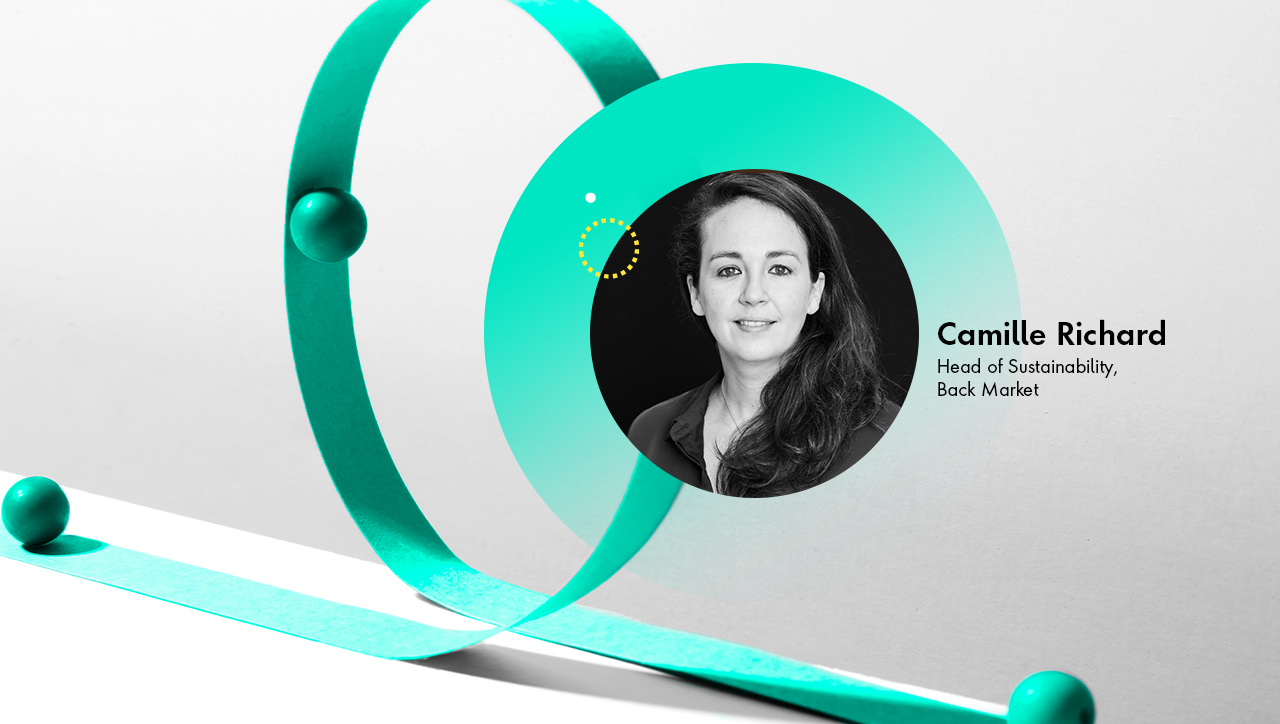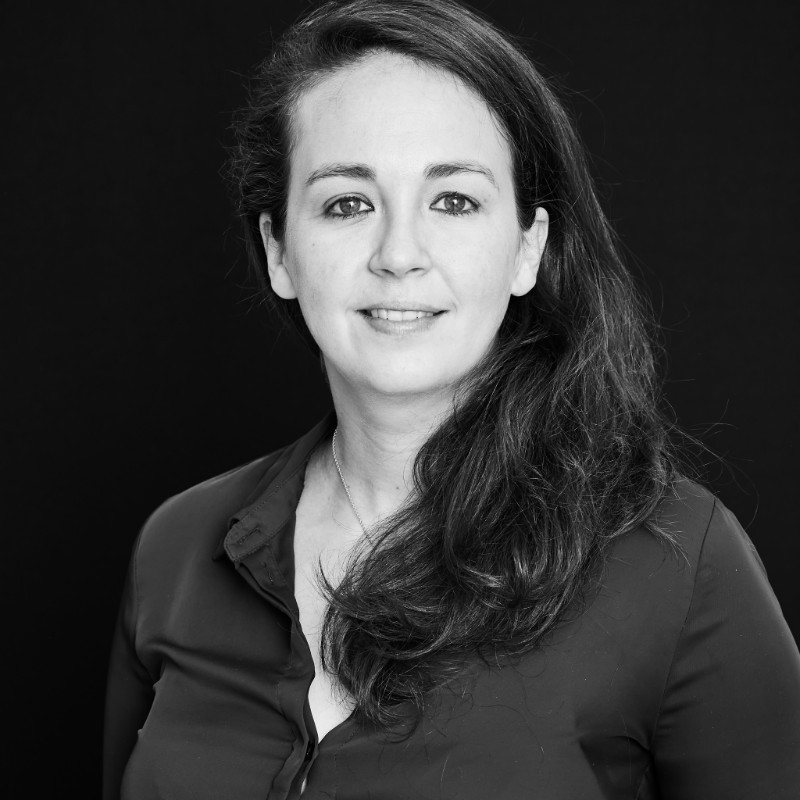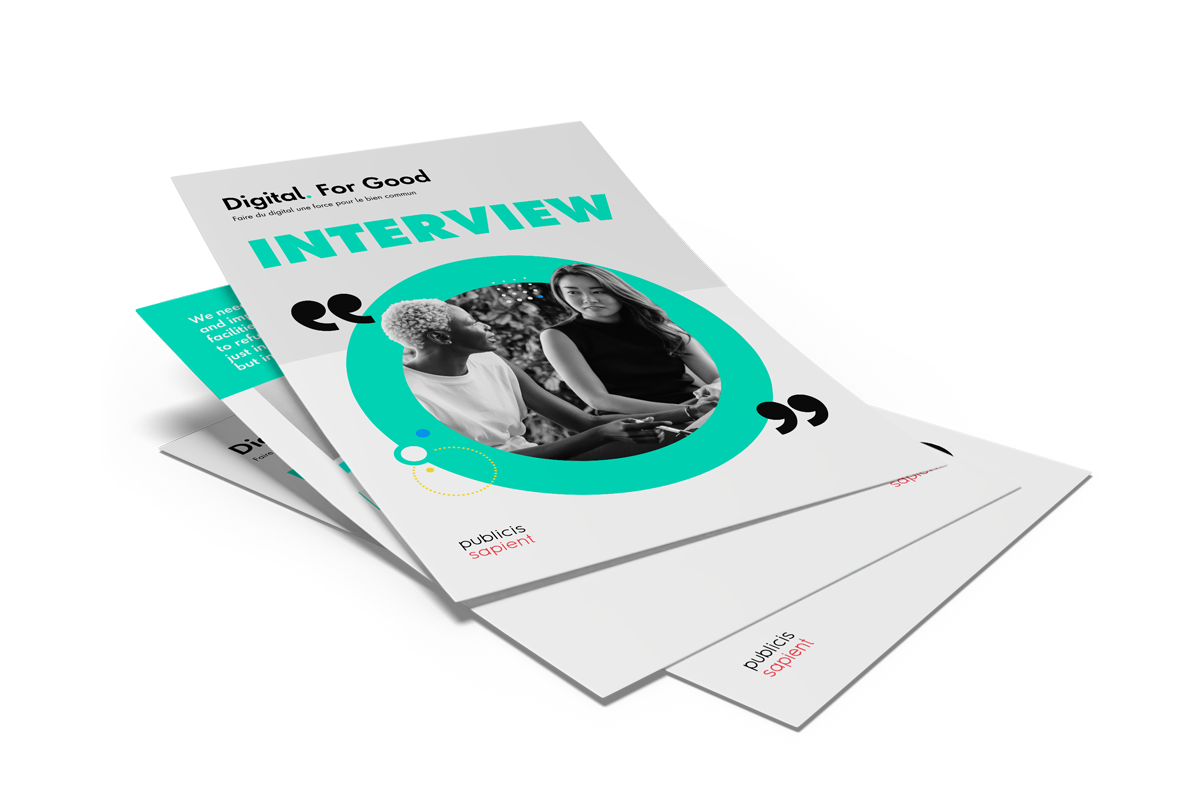As a leader in sustainability, how do you raise awareness of digital consumption and the benefits of circularity?
At the moment, we know that digital technology accounts for nearly 4% of greenhouse gas emissions and 75% of those digital emissions are created by the manufacturing process. While we can’t stop people from buying new devices, we can look at how to reduce the environmental impact of consumption in other ways. So another part of my role is to work with data experts and universities to gather and verify metrics on the benefits of extending a tech product’s lifecycle.
I also speak at conferences and on podcasts to spread the word on behalf of the sector. When you explain the enormous quantities of water needed to extract lithium used in smartphones or the social implications and political consequences of tech production, the problems become obvious. So the more we discuss the benefits of re-introducing products into the marketplace to reduce our environmental impact, the more people will understand how circularity is part of the solution. It’s about challenging people to rethink their tech consumption.
The ability to measure digital footprints is essential. What progress are you making and what are your current priorities?
One project we have been working on shows the environmental improvements made when buying secondhand rather than new. So you can see straight away the difference your purchase makes in terms of water and materials used and the reduction in carbon footprint. It was important for us to get independent data verification, so we worked with the French Agency for Ecological Transition (ADEME) for over two years, providing global sales data and information to build the database. The idea is that rather than beating people up over buying new, we show the positive environmental impact of buying a refurbished device to encourage and educate consumers on how their purchasing power can make a difference for good.
A further project looks at how we can improve our digital marketing impact. This was more difficult to measure on a granular basis as the metrics are based on monetary and financial factors rather than emissions. At the moment we are working with several start-ups that are developing tools to measure this type of digital impact.
Since the company has grown, we are also working on our carbon roadmap to calculate more appropriate carbon balance and emissions reduction targets that we want to see validated by the Science Based Targets initiative (SBTi). Another focus is to see how to improve the evaluation of the value chain’s impact on emissions. It’s lots of work and we haven’t got all the solutions yet, but it’s very exciting to be involved.
As an industry, where do you see the main pathways to reducing tech’s digital footprint?
There are still many challenges ahead, but we must be more ambitious with emissions targets set as a sector, an industry and across the ecosystem. We need to think outside the box and explore fresh ideas, particularly what we perceive as the benefits of sustainability.
For example, sustainability is often seen as a cost center, yet working on solutions to decrease emissions can also lead to cost savings. For instance, reducing the number of steps a customer needs to take online to complete a transaction, requires less energy, which lowers operational costs.
It’s also about looking at how each company can make an impact. For us, as a purpose-led company, one of our statutory objectives is to power circularity within the tech industry. We encourage customers to re-sell devices back into the marketplace and then measure this impact using key performance indicators (KPIs) that are very concrete and operational.
Once you have the right KPIs in place, it’s possible to develop measurable pathways to reduce digital footprints. It’s about understanding there’s no one pathway but looking at the right metrics to measure impacts.
Finally, we have developed a throwaway culture. What steps can we take to change that?
Instead of looking to repair items, we buy new ones. Why? Because it’s often too difficult to find a repair shop and also because it can be costly. If we want people to rethink their consumption habits, then we need to make it easier and financially viable for people to repair or replace the tech they have. For example, we need to take the complexity out of repairing and replacing smartphones so consumers have more confidence in their choices to extend the lifespan of devices. The ability to inform people of those choices is critical. It’s not rocket science, but it requires a massive mindset shift.











